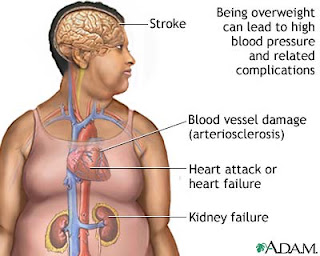Do you have unexplained convulsive pains, diarrhea or other digestive problems? Have you thought that you might have a diverticulum or a disease called diverculitis?What are diverticula?
Diverticula are small, baggy bulge through the muscle layer of the lining of the large intestine (colon). It can occur in any part of the colon, but usually found in the descending part of the colon. Sizes vary from 0.5 to 1 cm in diameter, and sometimes there can be much larger protrusions of up to 25 cm in length.
Diverticulitis usually can occur in patients aged 60-80 years and are more common in men than in women. The way of life with little movement and poor diet contribute to higher incidence of disease.
It is predominantly a disease of Western civilization. In the countries of Asia and Africa the prevalence of diverticulosis is much lower at about 1 percent of the population. Differences in diet are considered to be the underlying cause of such large differences in the geographical distribution of this condition. Today's diet poor in fiber increases the contraction of muscle spasms of the colon. This in turn results in increased pressure in the column for which the mucosa through the muscle lining of the places where it is weaker.
How to prevent development of diverticulosis?
Experts advise a diet rich in fiber - eating lots of fresh fruits and vegetables, increased number of meals that contain unprocessed bran, and also a sufficient fluid intake.
Increased amounts of fiber provides a normal stool and reduce the pressure inside the bowel, allowing easier movement of intestinal contents. Increased amounts of fiber in the diet may reduce symptoms of diverticulosis and prevent complication such as diverticulitis. The recommended daily amount of fiber is 20 to 35 grams. Fiber also prevents constipation.
Experts advise a diet rich in fiber - eating lots of fresh fruits and vegetables, increased number of meals that contain unprocessed bran, and also a sufficient fluid intake.
Increased amounts of fiber provides a normal stool and reduce the pressure inside the bowel, allowing easier movement of intestinal contents. Increased amounts of fiber in the diet may reduce symptoms of diverticulosis and prevent complication such as diverticulitis. The recommended daily amount of fiber is 20 to 35 grams. Fiber also prevents constipation.
What are the symptoms od diverculitis?
